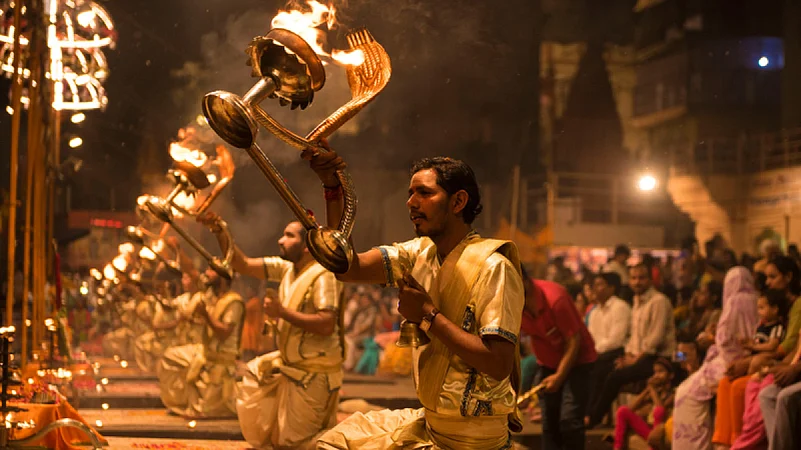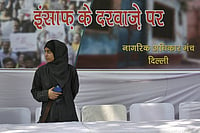Together, IHCL and UNESCO will offer experiential tours for travellers at various IHCL hotels, so that they can experience the living heritage of the country better. The first phase will include visits to local communities practicing art forms like Patachitra – a traditional scroll painting technique in West Bengal, Ganga Aarti – the prayer ceremony at Dasashwamedh Ghat at Varanasi in Uttar Pradesh, as well as Kalbelia performances, blue pottery making, Bagru hand block printing, and the terracota art of Molela. Visitors will also be able to experience the unique tribal life of the Bishnoi village in Rajasthan, and Mysuru Dasara and Janpadaloka in Karnataka.
“We are delighted to partner with UNESCO in this industry-first collaboration to work towards preserving India’s intangible cultural heritage," said Gaurav Pokhariyal, Senior Vice President & Global Head – Human Resources, IHCL. "Leveraging our business strengths, value chains and partner networks, IHCL hotels will work towards a holistic plan to safeguard the living heritage of the country while empowering local communities.”
Eric Falt, Director, UNESCO, New Delhi, says the organisation wants to showcase to Indians and foreigners alike, the diversity of India’s living heritage. "The objective is that when they visit an IHCL hotel, they are offered a chance to discover at least one cultural practice they have probably never witnessed before. Rather than bringing a dance troupe to their hotel, we will bring the visitors to the practitioners of that art form – in the midst of their community. They will see their pride, they will see their uniqueness, they will see the incredible diversity of intangible India.”
The 2003 UNESCO Convention for the Safeguarding of Intangible Cultural Heritage, adopted by 178 countries, emphasizes the importance of Intangible Cultural Heritage (ICH) for ensuring cultural diversity. ICH represents the “living” heritage of a country and is made up of practices, representations, expressions, knowledge, and skills, including instruments, objects, artefacts, and cultural spaces that communities, groups and, in some cases, individuals, recognize as part of their cultural heritage.
In December 2021, UNESCO had inscribed Durga Puja in Kolkata on its Representative List of the Intangible Cultural Heritage of Humanity. The announcement was made by the Intergovernmental Committee of UNESCO’s 2003 Convention on Safeguarding of the Intangible Cultural Heritage during its 16th session at Paris, France. To quote UNESCO – ‘The festival has also come to signify ‘home-coming’ or a seasonal return to one’s roots. Durga Puja is seen as the best instance of the public performance of religion and art, and as a thriving ground for collaborative artists and designers. During the event, the divides of class, religion and ethnicities collapse as crowds of spectators walk around to admire the installations.’


























